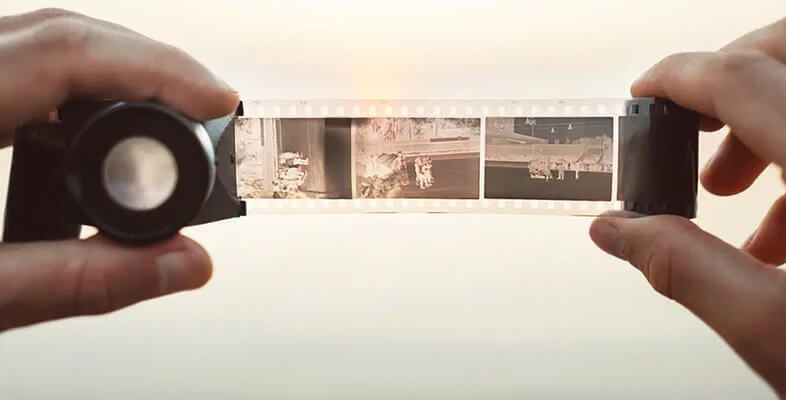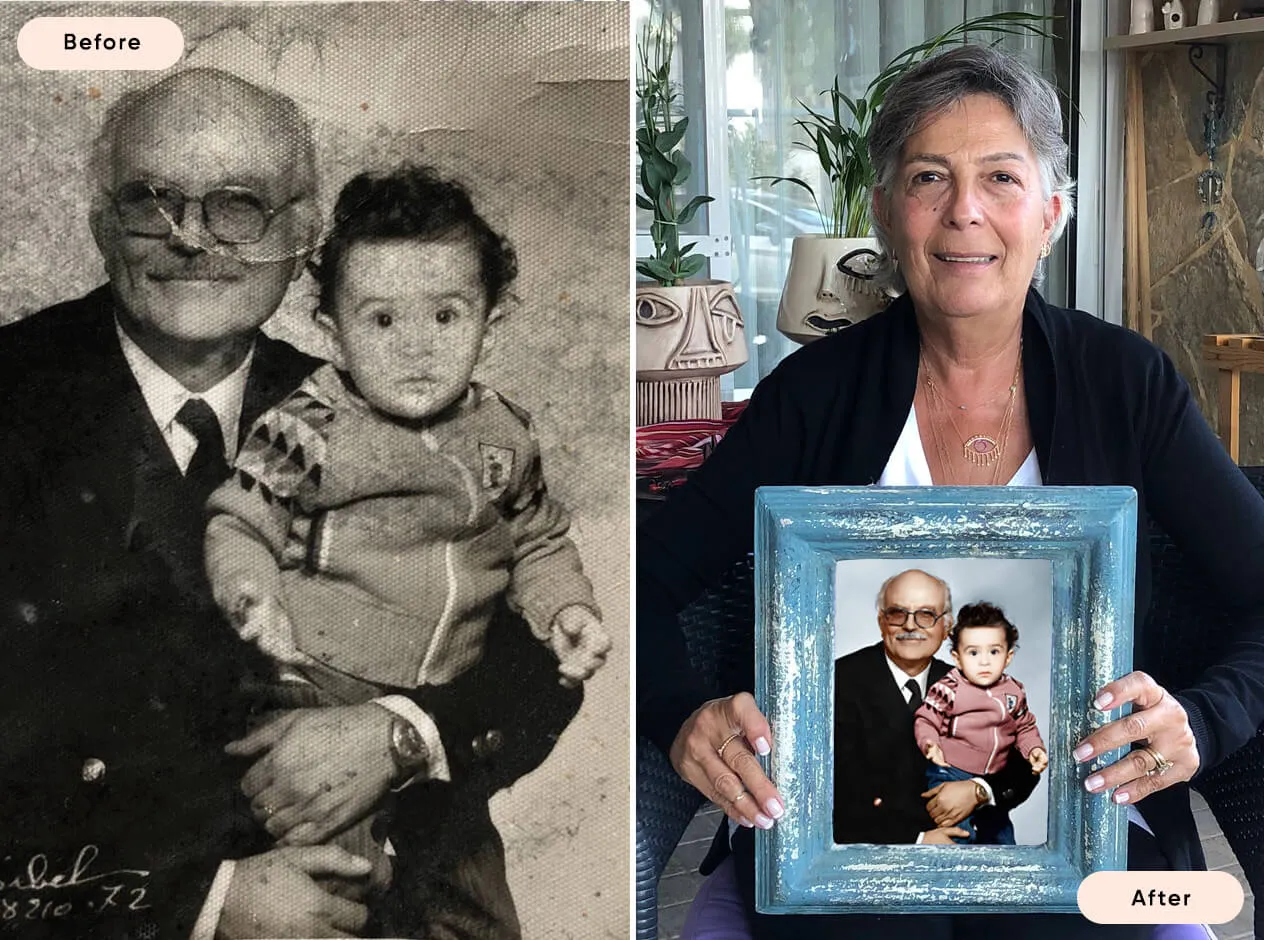Photography Techniques: Exploring 35 mm Photography
Photography has evolved significantly over the years, but certain techniques and formats have endured the test of time. One such classic format is 35 mm photography, which has been a favorite among both amateur and professional photographers alike. In this blog post, we will delve into what 35 mm photography is, when this technique is useful, essential gear needed, and a step-by-step approach to capturing stunning 35 mm photographs.
What is 35 mm Photography?
35 mm photography refers to the use of 35 mm film or digital sensors that replicate the size of 35 mm film in photographic cameras. This standard size originated in the early 20th century and quickly became the most popular format for both motion picture and still photography. The 35 mm format allows for a balance between image quality, depth of field, and portability, making it a go-to choice for many photographers.
The versatility of 35 mm photography is one of its compelling features. It enables wide-angle, medium, and telephoto shots, allowing photographers to express their creative vision in diverse ways. In the digital realm, full-frame sensors strive to emulate the characteristics of 35 mm film, confirming the lasting influence of this format.
When is the 35 mm Photography Technique Useful?
35 mm photography shines in various situations, making it an essential technique for both novice and seasoned photographers. Here's a look at some scenarios where 35 mm photography is particularly useful:
1. Urban and Street Photography
In bustling urban environments, 35 mm cameras offer the perfect blend of portability and versatility. The compact size of 35 mm cameras enables photographers to navigate crowded streets easily while capturing candid moments spontaneously. Additionally, the format’s depth of field allows for beautiful subject isolation or a wider context of the surrounding environment, enhancing storytelling in urban imagery.
2. Travel Photography
When traveling, having a lightweight and versatile camera is crucial. The 35 mm format is favored by travelers due to its ability to capture expansive landscapes while still accommodating close-up shots of intricate details. Whether exploring a busy market or a serene landscape, the flexibility of 35 mm photography allows for a diverse range of compositions.
3. Portrait Photography
Portraits captured with a 35 mm lens benefit from a natural perspective that flatters subjects while maintaining a pleasing background blur. This technique can convey emotions and personalities effectively, making it easier to connect with viewers. Photographers can easily switch between different shooting styles, from environmental portraits to close-ups, without needing to change lenses frequently.

Essential Gear for 35 mm Photography Images
To master 35 mm photography, certain gear is essential. Below is a curated list of must-have equipment for aspiring photographers venturing into this format:
1. Camera Body
Both film and digital options are available for 35 mm photography. For digital photographers, a full-frame DSLR or mirrorless camera with a 35 mm sensor is recommended. Film photographers should invest in a reliable 35 mm film camera with interchangeable lenses. Popular models include Nikon F-series, Canon AE-1, and Pentax K-series.
2. Lenses
Selecting the right lenses can make all the difference in achieving stunning results. A standard prime lens with a focal length of 35 mm is a fantastic starting point, offering sharp images and excellent low-light performance. Additionally, consider acquiring a wider lens (24 mm) for landscapes and a telephoto lens (85 mm or longer) for portraits if your budget allows.
3. Tripod
A sturdy tripod is invaluable for capturing long exposure shots, landscapes, or low-light images. It stabilizes your camera, preventing blurriness due to camera shake. Additionally, a tripod grants you the freedom to explore creative compositions without worrying about handheld stability.
4. Editing Software
Post-processing is an integral part of digital photography. Software like Adobe Lightroom and Photoshop can help you enhance colors, adjust exposure, and crop images for optimal results. For film photographers, consider investing in a good scanner and editing software to digitize your negatives.
How to Capture 35 mm Photography Photos: A Step-by-Step Approach
Capturing mesmerizing 35 mm photographs involves a combination of technical skill, creativity, and an eye for detail. Here’s a step-by-step approach to get you started:
Step 1: Understand Exposure Settings
Master the basics of exposure, including aperture, shutter speed, and ISO. Use the appropriate settings to control the exposure to achieve the desired look for your photo. A wider aperture (lower f-stop number) allows more light in, creating a shallower depth of field, while a smaller aperture (higher f-stop number) increases depth of field.
Step 2: Focus on Composition
Pay attention to the compositional elements of your photography, such as leading lines, rule of thirds, and framing. These guidelines can help draw the viewer's attention to the main subject while creating a balanced photograph.
Step 3: Experiment with Different Perspectives
Don't be afraid to explore various angles and perspectives. Shoot at eye level, crouch to ground level, or shoot from above to add interest to your images.
Step 4: Fine-Tune Your Technique
With practice, improve your sharpshooting skills by experimenting with manual focus and learning to adjust settings quickly. The more you practice, the more confident you will become in capturing the perfect moment.
Step 5: Review and Edit
After capturing your photos, take the time to review and select your best shots. Utilize editing software to refine the images, ensuring they align with your artistic vision.
In conclusion, 35 mm photography offers a timeless appeal and immense versatility for photographers across all skill levels. By understanding the essence of this technique, recognizing its practical applications, acquiring the right gear, and honing your skills, you'll be well on your way to creating stunning 35 mm photography images that resonate with your audience.

Or Get YourMoney Back
back your money in the rare case you are not satisfied with the quality of your
damage-free pictures. Only $38 for most image restorations regardless of damage

All rights reserved.